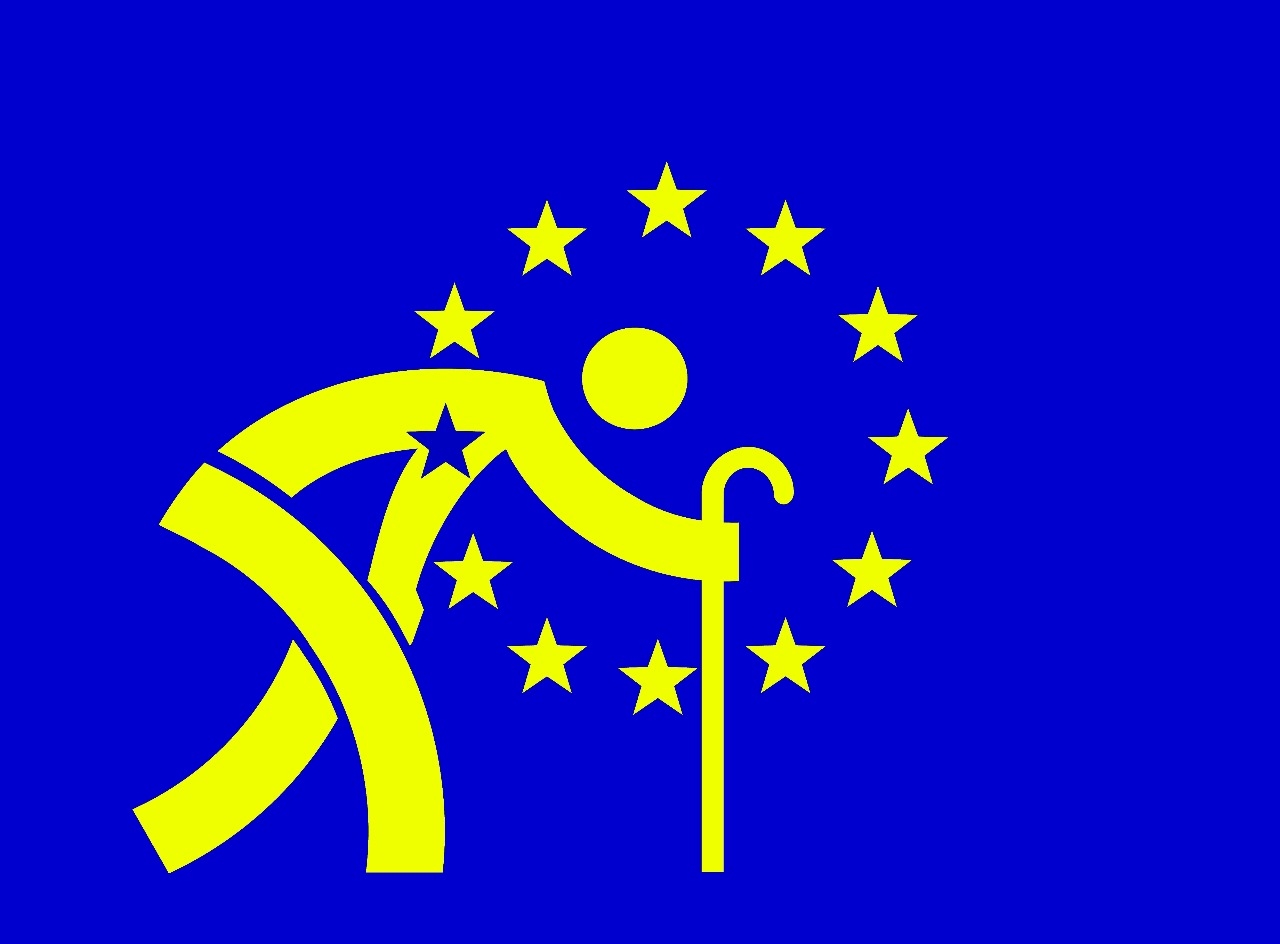The looming threat of a depleting population is nothing new. Experts across Europe have spent decades monitoring the trend and warning about the consequences of consistently low birth rates and an aging population. However, although the EU has acknowledged the problem, it would seem to have consigned the demographic issue to the backburner. Until now, that is.
A Wake-Up Call
A Eurostat report published in early 2023 predicted that the EU population would peak at 543 million in 2026, before embarking on a decline. However, the tally at the end of that same year fell short of the figure forecast, suggesting the peak might be much lower and may come sooner than predicted.
Fewer Babies…
The demographic issue can be effectively summarized in four simple words: fewer babies, more boomers.
Indeed, birth levels across the EU fell in 2023 to levels the aforementioned Eurostat report had not predicted for two more decades, falling below 4 million for the first time since data collection began in 1960.
Wider access to education and contraception, especially among women, are two key factors contributing to this trend. The cost of raising children is another issue that has led couples to postpone, or decide against, parenthood.
The average fertility rate across the EU dropped to 1.46 children per woman in 2022, far below the natural replacement rate of 2.1, which would maintain a constant population without immigration.
France and Spain recorded their lowest birth rates since World War II, Greece’s births were at a nine-decade low, Italy’s births were at the lowest since the founding of the modern state in 1861, while Finland’s numbers were at the lowest since data recording began—in 1776!
… More Boomers
On the other side of the coin, improved nutrition and hygiene, advances in medicine and the control of infectious diseases has allowed both men and women to live substantially longer than even their parents’ generation.
Indeed, the average life expectancy at birth in the EU increased by 15 years between 1960 and 2021, for both males and females.
Combine this with the huge surge in births during the “Baby Boom” of 1946–1964 and it’s clear why so many millions of people across the EU are getting very old at the same time—so much so, in fact, that by 2070 the number of people aged 80 and over is predicted to double in all EU states, bar Italy and Germany.
Inevitably, death rates have increased considerably and have consistently surpassed birth rates since 2012. In other words, taken together, the two parts of the equation mean that the EU’s share of the world population percentage plummeted from 13% in 1960 to 5.8% in 2023.
What’s at Stake?
The fall in the number of Europeans, and the rise in their average age, has inevitably led to the working age population of the EU—everyone aged 20–64—shrinking across all Member States. This age cohort, which is crucial for Europe’s economic growth and countries’ tax revenues, peaked at 61.4% in 2008 but has been in decline ever since, dropping to 58% in 2023.
This decrease has created shortages in both high-skilled and low skilled jobs, and the phenomenon will only get worse. According to EU data, the job vacancy rate in the EU rose to almost 3% last year, double the rate a decade ago. Labor shortages and lack of expertise also lead to less productivity, which can also affect the EU’s long-term competitiveness.
Finally, the growing imbalance between the number of retirees and people of working age places an ever-growing burden on the latter as they work to support the former—a phenomenon known as the “old-age dependency ratio” (OADR). The EU’s OADR is predicted to increase from 36% in 2022 to 59% in 2070. The countries most affected will include Greece, Italy, Malta, Lithuania and Portugal, which by 2070 will have only three people aged 20 to 64 for every two aged 65 and over.
What’s Being Done?
To mitigate the issue, Member States and the EU as a whole have taken several initiatives, which can be loosely grouped under four categories.
The first includes attracting talent from outside the EU. Given the inability of EU nationals to complete the workforce, the European Commission established the “Skills and Talent Mobility” package—an initiative to attract skilled workers from non-EU countries to fill the gaps in the labor market. However, immigration remains a contentious issue within the Union, with some Member States opposing such policies.
The next action focuses on maximizing the productivity of the existing workforce. To maintain the competitiveness and productive output of the EU and its Member States despite the numerical decline in the workforce, governments have begun investing in education and skills to boost the value of output per hour worked. The EU has also introduced the “European Year of Skills” initiative, which helps people acquire new skills and fill shortages in various sectors.
States have also introduced initiatives that offer new opportunities for retirees in an effort to capitalize on the aging population. Such policies range from increasing the retirement age in countries such as a Portugal, Italy and Greece to retaining older employees, or offering them positions with flexible hours, as in Belgium, France, Germany and the Netherlands.
Finally, governments have increased the “baby bonuses” on offer. Thus, Italy, Greece, Poland and Hungary have introduced financial incentives to have children, which range from one-off allowances for every birth, to writing off the loans of people with multiple children. Other policies in housing, education and health have also been introduced to provide long-term support for parents. However, the success of such policies can only be assessed down the line. What’s more, even if they prove successful, they cannot offer immediate solutions to the problem.



